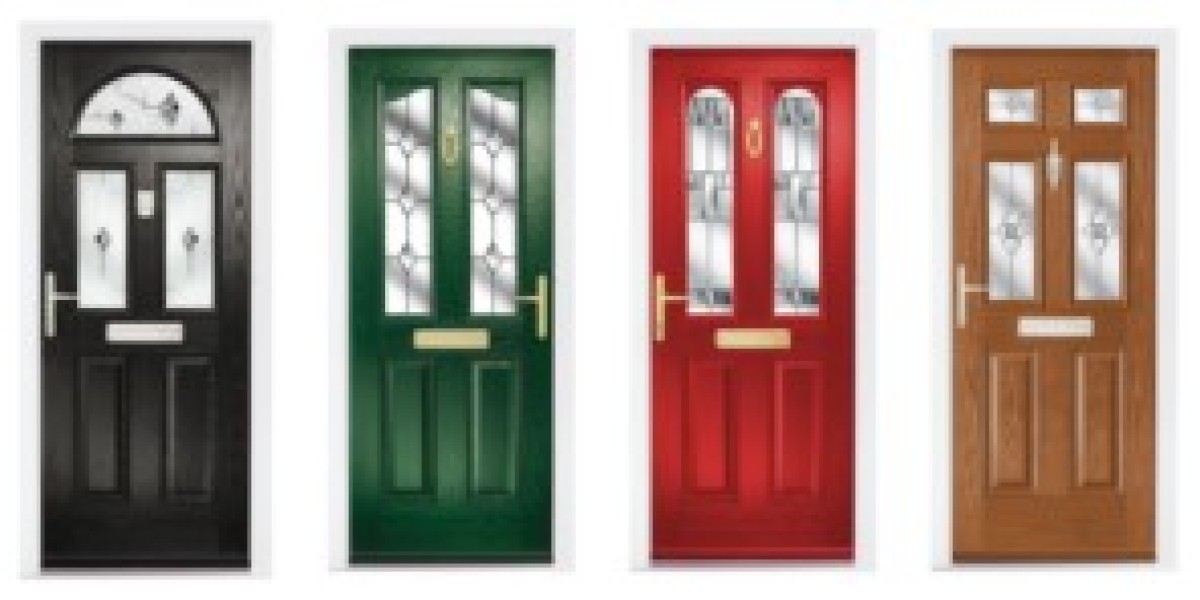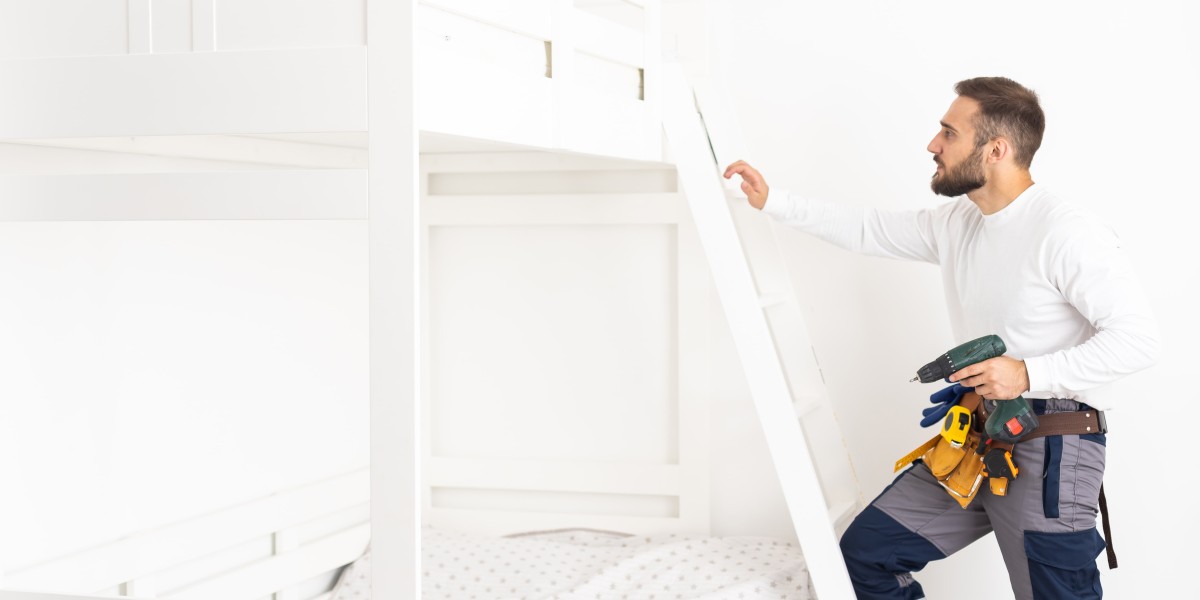Understanding Composite Door Damage: Causes, Prevention, and Repair
Composite doors have actually gotten immense appeal in recent years due to their attractive appearance, durability, and energy performance. These doors are built from a range of products, including wood, fiberglass, and PVC, which combine to provide the very best of all worlds. However, like any other exterior aspect, composite door repair experts doors are not resistant to damage. Comprehending the numerous types of composite door repair specialists door damage, their causes, avoidance methods, and repair strategies can assist property owners make notified decisions to safeguard their financial investments.
Types of Composite Door Damage
Composite doors can experience numerous kinds of damage, each resulting from different causes. The most common forms of damage consist of:

Surface Scratches and Dents: These are frequently caused by impacts from furnishings, heavy bags, or equipment.
Weathering or Fading: Continuous exposure to sunshine, rain, and other elements can result in discoloration or fading of the door's finish.
Deforming: High humidity or wetness can trigger the door to warp, affecting its ability to close and seal properly.
Fractures and Splits: Temperature variations can cause the materials in a composite door to broaden and contract, causing fractures or divides.
Water Damage: Prolonged direct exposure to wetness can result in rot, specifically in the door's core or surrounding frame.
Lock and Mechanism Failure: The door's locking system might stop working due to use and tear or because of external impacts.
Causes of Composite Door Damage
Understanding the underlying aspects that result in composite door damage is essential for avoidance. The main causes consist of:
Environmental Factors: Weather modifications can take a toll on composite doors. Extreme sunlight can fade the door, while rain and humidity can result in swelling and contorting.
Physical Impact: Regular wear and tear from everyday activities can lead to scratches and dents. Furthermore, incorrect handling throughout installation can trigger long-term issues.
Poor Maintenance: Lack of regular maintenance, such as not cleaning the door correctly or neglecting to repaint it, can accelerate deterioration.
Insufficient Sealing: If the door is not properly sealed throughout setup, wetness can enter and damage the materials, causing rot and mold development.
Preventing Composite Door Damage
Preventing damage to composite doors relies heavily on proactive care and maintenance. Here are some vital techniques to protect your door:
Regular Cleaning: Use a mild detergent and water to clean the door frequently. Avoid abrasive materials that can scratch the surface.
Correct Sealing: Ensure that the door has been appropriately sealed during setup to defend against moisture invasion.
Regular Inspections: Conduct routine evaluations of your door and its elements to catch any early indications of damage.
Security from Physical Damage: Be cautious while moving heavy items around the door location. Consider installing door stops to prevent effects.
Painting and Finishing: Refinish or repaint the door as required to maintain its appearance and provide a protective layer versus the components.
Install a Storm Door: A storm door can supply an additional layer of protection against harsh weather and include longevity to the main door.
Repairing Composite Door Damage
When damage does happen, various repair methods can be employed depending upon the severity and kind of damage.
For Surface Scratches and Dents:
- Buffing or Polishing: Use a light rubbing substance to polish out little scratches.
- Touch-Up Paint: For deeper scratches, a touch-up paint that matches the door's color can disguise imperfections.
For Warping:
- Adjusting the Hinges: Sometimes, changing the hinges can resolve small warping problems.
- Professional Help: Severely deformed doors may require experts to change or straighten them.
For Cracks and Splits:
- Epoxy or Filler: Small fractures can be filled with epoxy resin or specialized door fillers.
- Replacement Panels: In cases where the damage is substantial, think about replacing the damaged panel.
For Water Damage:
- Drying: If water damage is found, the door ought to be dried thoroughly, and any rotting products replaced.
- Sealant Application: Apply water resistant sealant to prevent future moisture seepage.
For Lock and Mechanism Failures:
- Lubrication: Regularly oil the lock mechanisms to ensure smooth operation.
- Replacement Parts: If parts are damaged, replacement locks or systems ought to be installed.
FAQs About Composite Door Damage
Q: How long does a composite door generally last?A: With
correct maintenance, composite door repair process doors can last up to 30 years or longer.

Q: Can I paint my Composite Door Lock Repair door?A: Yes,
composite doors can be painted, but it is necessary to utilize the right type of paint that is suitable with the door's material.
Q: How do I understand if my composite door needs repairs?A: Signs consist of visible warping, problem in locking/unlocking, or noticeable water damage. Q: Are composite doors more vulnerable to damage than wooden doors?A: While each type of door has its vulnerabilities, composite doors are immune to damage. By understanding the kinds of damage that can happen, the causes behind them, and reliable prevention and repair strategies, house owners can guarantee that their composite doors stay an important and appealing entrance for years to come. Regular maintenance and attention to detail can maintain the look and stability of these doors, allowing them to serve their function successfully.
generally more resistant to weather-related damage compared to conventional wood doors. Q: What is the best method to maintain a composite door repair solutions door?A: Regular cleaning, yearly inspections, and prompt repairs are crucial for maintaining the longevity of composite doors. Composite doors supply an excellent mix of visual appeals, resilience, and energy effectiveness. Nevertheless, like any home function, they are not







